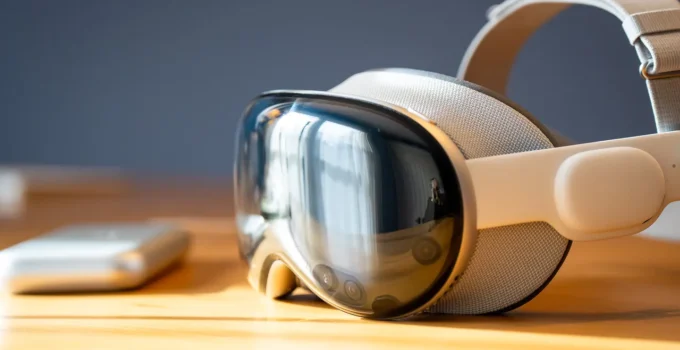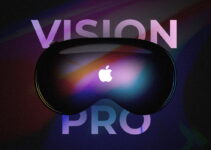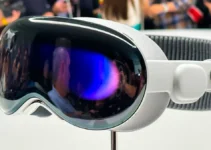Apple Adjusts Vision Pro Production Amid Lower Demand. Apple has made a significant adjustment to its production plans for the Vision Pro, the company’s advanced VR headset. Initially projected to manufacture between 700,000 to 800,000 units for 2024, Apple has now scaled back to a more conservative estimate of just 400,000 to 450,000 units. This reduction stems from lower than anticipated demand in the U.S. market, prompting a cautious approach as the Vision Pro prepares for its debut in additional international markets.
Mac Mini Leaps to M4: Skipping the M3 Chip
Ming-Chi Kuo, a well-regarded analyst, suggests that this scaled-back production could be a strategic move by Apple as it gauges the reception of the Vision Pro outside the U.S. ahead of its broader release, potentially timed around the Worldwide Developers Conference (WWDC) in June. This strategy indicates a significant recalibration of expectations, as Apple also anticipates a further decline in Vision Pro shipments for 2025.
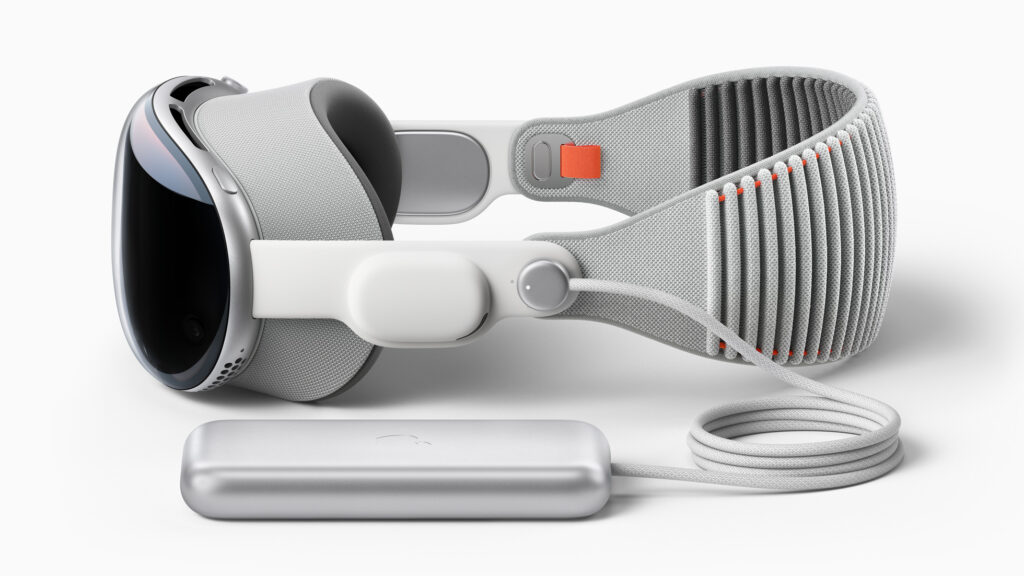
The cut in production numbers reflects broader challenges in the high-end VR market, where Apple has struggled with the adoption rates of its cutting-edge device. The high price point, the need for more compelling application support, and issues with user comfort are among the top concerns that Apple may need to address to boost consumer interest and sales.
Kuo has also hinted that Apple is reassessing its overall strategy for its headset lineup, with no new Vision Pro model expected in 2025. Instead, Apple might be considering introducing a more affordable version of the headset in 2026, which could help broaden its appeal and market reach.
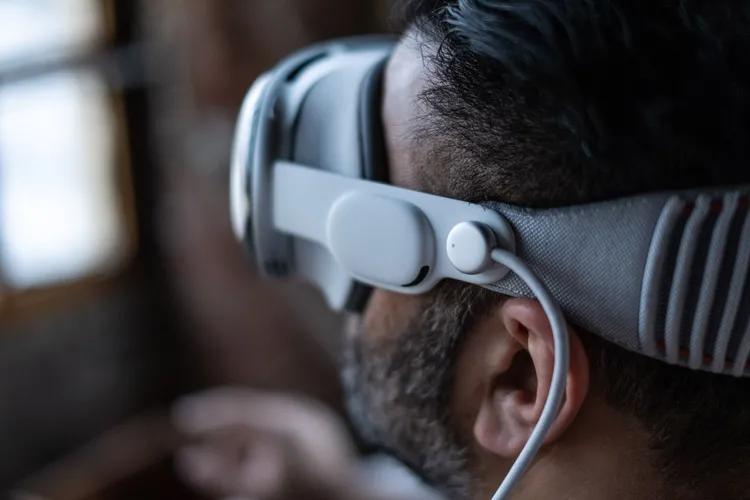
As Apple navigates these challenges, the company’s ability to innovate in terms of both technology and user experience will be crucial. Addressing the key issues of application support, comfort, and pricing will be essential for Apple to make the Vision Pro a more attractive and accessible option for consumers. This strategic shift could play a significant role in shaping the future of Apple’s endeavors in the immersive technology space, particularly as it seeks to capture a larger share of the burgeoning VR market.
